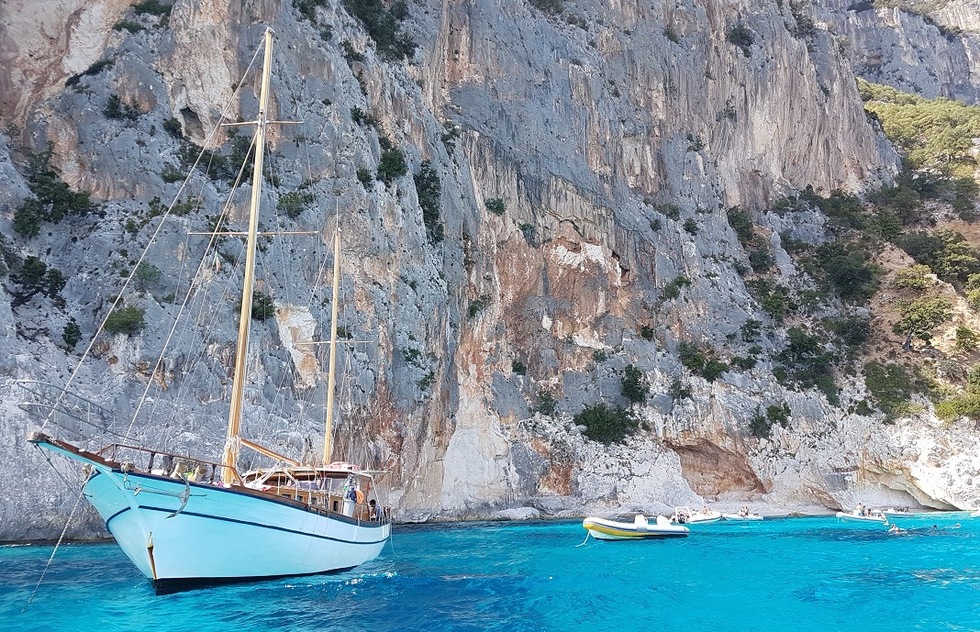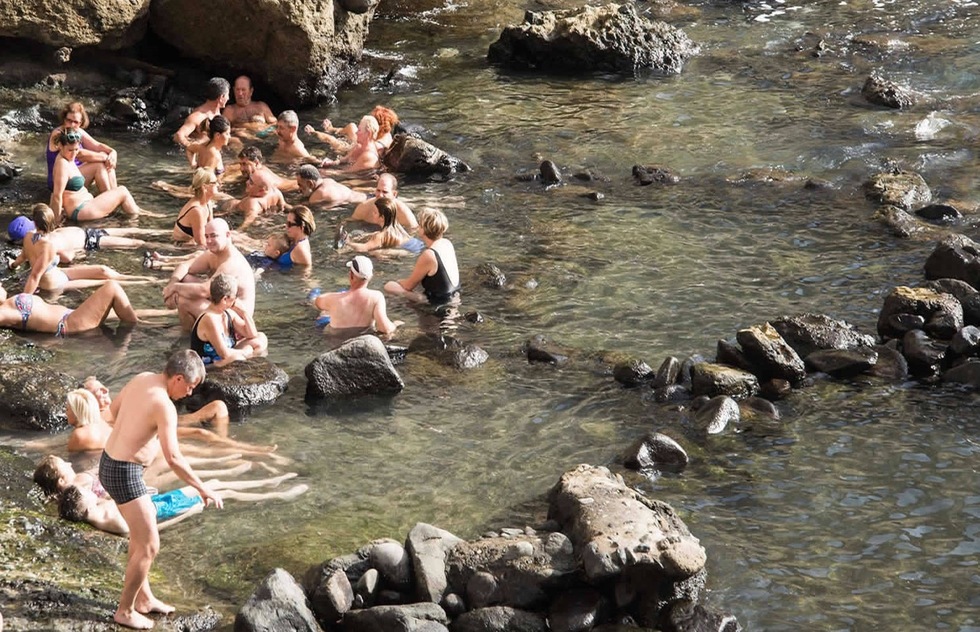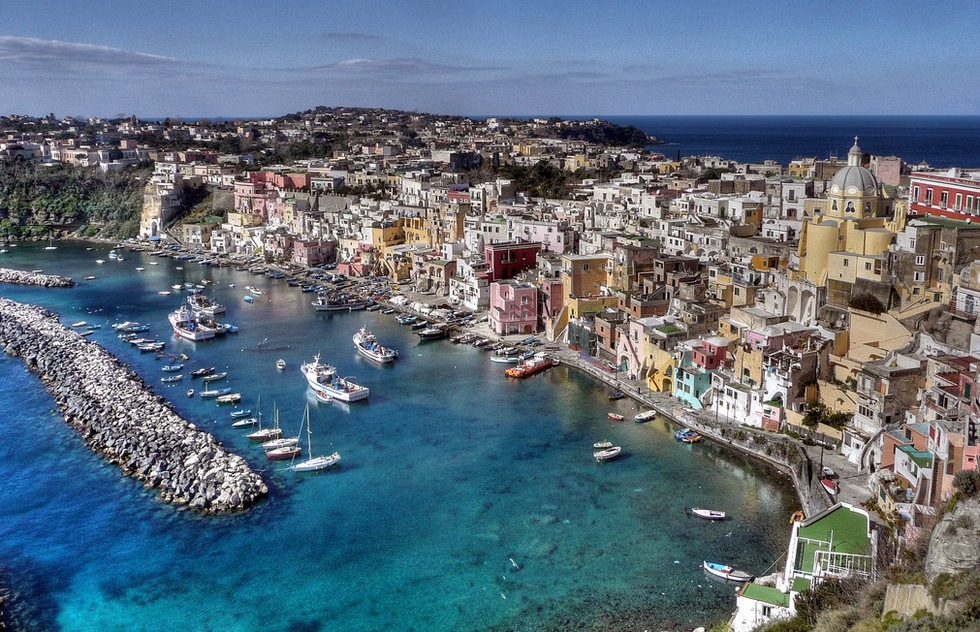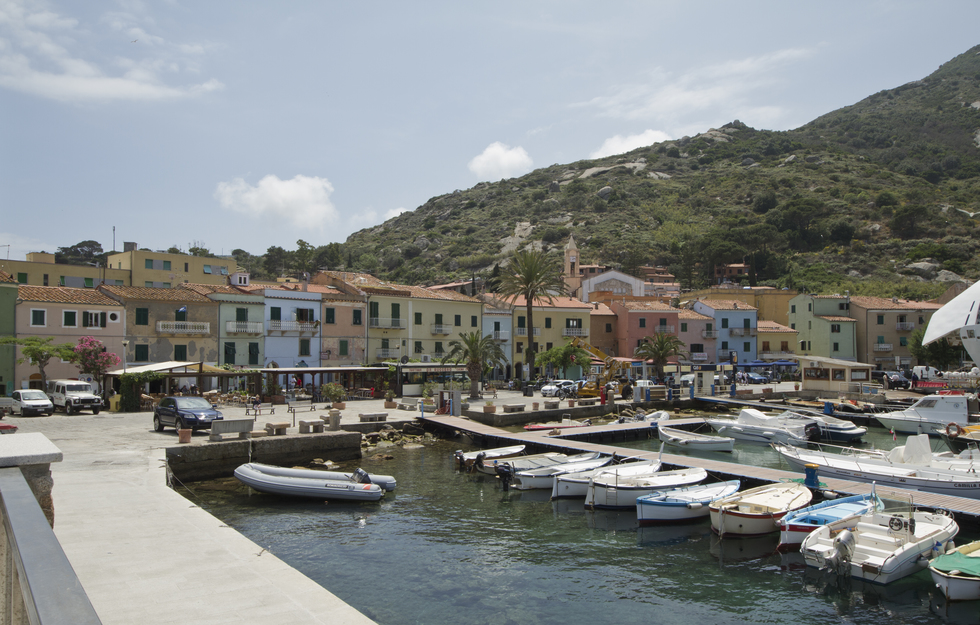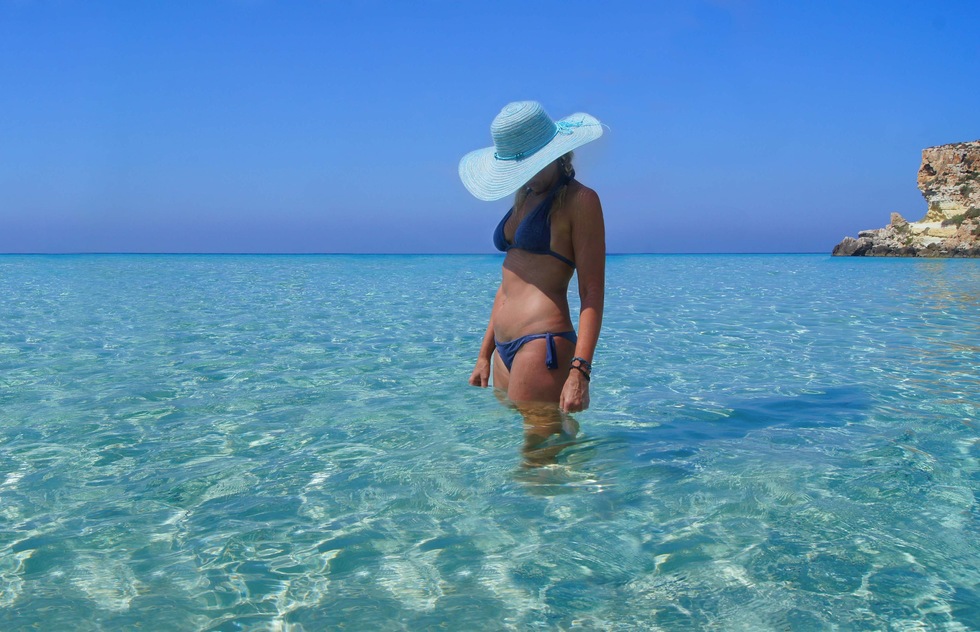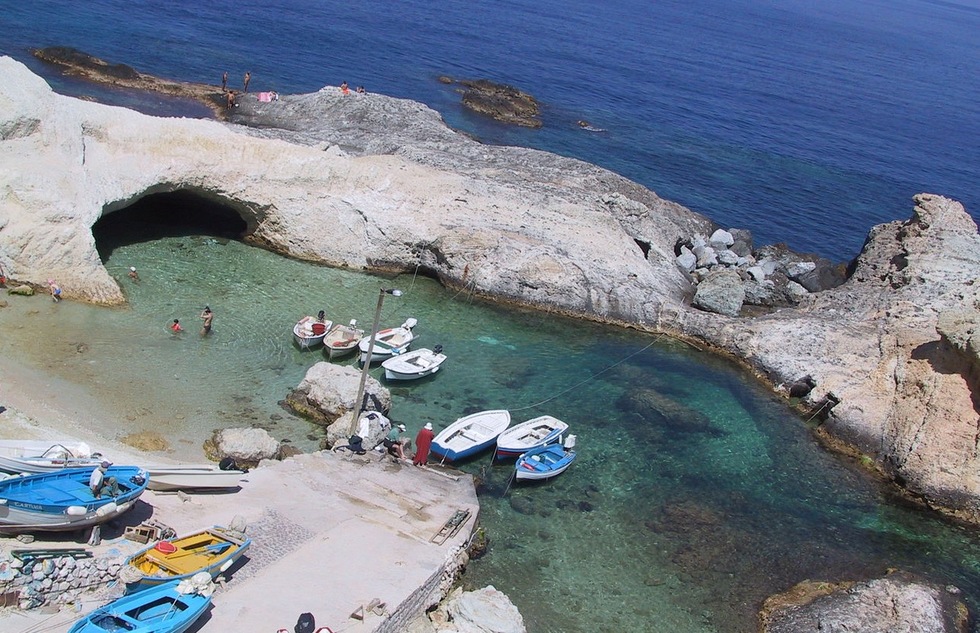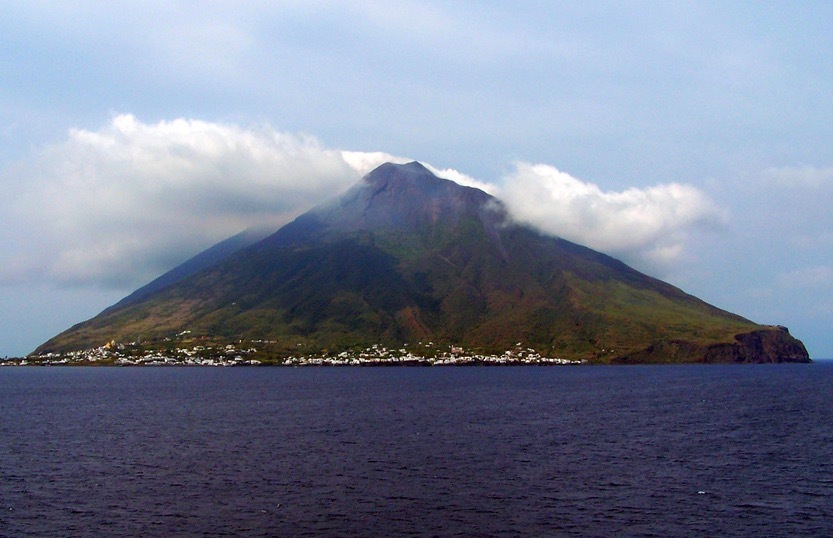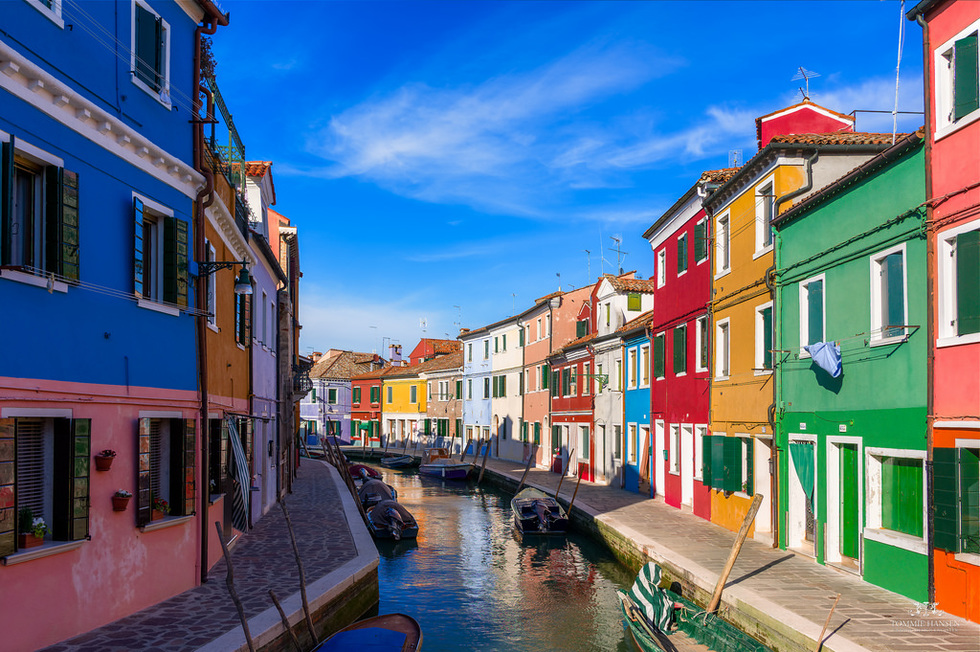You'll Love these Lesser-Known Islands in Italy For a Quiet Vacation
By Elizabeth Heath
Beyond the well-trod cities and verdant wine regions of Italy's mainland, "the boot" is ringed by picturesque islands, each with its own unique geography, culture, and ambiance. Of course you've heard of Sicily; maybe a great-great-grandparent was born there. Classy Capri has been a celebrity playground since the late 19th century. Past these better-known islands in the Mediterranean are dozens of smaller chunks of high ground that aren't household names. All of them have their distinct charms, whether in the form of a perfect beach, a bellowing volcano, or a storybook fishing village. So next time you find yourself fantasizing about a vacation to an Italian island (or two or three), consider these lesser-discovered treasures.
Sardinia
It’s that other big island—the one fewer travelers have heard of. Yet Sardinia, Italy’s second-largest island (after Sicily) is, for many Italian mainlanders, a preferred summer vacation spot. It’s beaches are swoon-worthy pockets of white sand or pebbles, washed by eye-poppingly clear, blue waters and backed by dramatic cliffs. It produces highly consumable wine, olive oil, and cheese, and fresh seafood is a given. At more than 9,000 square miles (23,310 sq km) it’s a big island, so unless you have a few weeks, choose just one or two regions to explore, such as capital city Cagliari to the south or the wild beaches and traditional villages of the Golfo di Orosei on the eastern coast. July and August are the busiest months, but June and the beginning of September are less crowded and still warm enough for diving into that beckoning sea.
How to get there: Fly to Cagliari, Olbia, or Alghero. Or take a ferry from Rome’s Civitavecchia port (or Naples, Livorno, or Genoa). Ferry passage time ranges from 5 ½–11 hours.
How to get there: Fly to Cagliari, Olbia, or Alghero. Or take a ferry from Rome’s Civitavecchia port (or Naples, Livorno, or Genoa). Ferry passage time ranges from 5 ½–11 hours.
Ischia
Capri may draw Mariah, Beyoncé, and a Kardashian or two. But even they have to go to Ischia, Capri’s larger, mountainous neighbor in the upper Bay of Naples, to enjoy natural mud masks and soaks in volcanically heated mineral waters. The island is sizzling—literally. Steaming thermal waters bubble up from the ground, forming a sort of open-air theme park for spa lovers. In some places, like Sorgeto, boiling water spills into the sea and beach-goers take hot baths year-round. Elsewhere, thermal rivers lead to natural pools and bogs perfect for a healing session. A mix of free thermal fonts, "thermal parks" with daily fees, and modest-to-fancy hotels with hot pools means there's something for every budget and whim. Its beaches aren’t bad either, with 1.8-mile- (3km-) long Maronti Beach, on the island’s south side, being the roomiest.
How to get there: Take one of several daily ferries from Naples or Pozzuoli. Travel time is 60–90 minutes.
Procida
A vacation in wee Procida, a 1.6 square mile (4.1 sq km) island tucked between Ischia and Naples, is one for reading books (or writing one), relaxing, and tuning out. Days may be spent lounging on one of its small beaches, exploring attractive, colorful towns on foot, choosing a bar for the evening’s pre-dinner aperitivo, and appreciating an atmosphere that remains unspoiled by tourism. Before you go, be sure to watch The Talented Mr. Ripley and The Postman (Il Postino), then see if you can spot locations in Corricella, where both movies were filmed.
How to get there: Many of the same ferries that serve Ischia also stop at Procida.
Giglio
In 2012, the Costa Concordia cruise ship swung too close to shore, hit an underwater rock, capsized, and sank, thrusting the Isola di Giglio into the international spotlight. But before and since the deadly wreck (the ship was hauled to the scrapyard), petite Giglio has remained a well-kept secret of savvy travelers. Just 9 miles (14.5 km) from the mainland and with 17 miles (27.4 km) of coastline, the island is part of the Tuscan Archipelago, which includes bigger, burlier Elba and five tiny islands, many uninhabited. During much of the year, visitors are not permitted to bring cars. Ferries drop vacationers at Porto, where pastel-colored houses line the seafront. Four sweet little beaches can be reached by land; scores of other hidden ones are reachable by water taxi or private boat.
How to get there: There are frequent high season ferries from Porto San Stefano on Tuscany’s Argentario peninsula, but book the 1-hour trip in advance on Torremar or Maregiglio.
Lampedusa
Lampedusa, the largest and most populated of the Pelagie Island chain (south of Sicily), has two identities. It's famous for Rabbit Beach (Spiaggia dei Conigli), routinely voted among the world’s most beautiful ones, and its marine life draws divers and snorkelers to spy brightly colored parrotfish, triggerfish, and the fin and humpback whales that congregate offshore in winter. But Lampedusa is also the port of entry for North African refugees making the perilous sea crossing from Tunisia, just 70 miles away. Though most of those people are sent to processing centers on Sicily, the island’s economy, once fueled by residents of mainland Italy and the rest of Europe, has taken a hit because of some people's fears of refugee arrivals. The upside for visitors is that the island is perfectly safe and even in high season, prices are lower and crowds are now largely absent. Hotels, restaurants, and other services are in the island’s only town, home to about 6,000 residents.
How to get there: In the summer, there are flights several times a week from the Italian mainland as well as 4–9 hour ferries and hydrofoils from Sicily.
Ponza
If you’re seeking a combination of real Italian island authenticity and celebrity glamour (at least in July and August), head to Ponza, the largest of the Pontine Islands, off the coast of the Lazio region and south of Rome. It’s a little difficult to reach, and that has kept the masses away from its 14 miles (22.5 km) of dramatic coastline, which is dotted with ancient, idyllic sea grottos (one supposedly belonged to Pontius Pilate), secret swimming holes, and artificial pools from the days of Roman eel farming. Lazy days on the water give way to a nightlife scene that’s surprisingly stylish for such a small, out-of-the-way place—if you know your Italian soccer players, you may spot a one or two enjoying the passeggiata (evening stroll).
How to get there: Several ferry lines make the trip to Ponza (90 minutes–2 hours) a few times a week, departing from Naples, Anzio, and several smaller ports in between. Visitors are discouraged from bringing cars and can instead rent mopeds or golf carts.
Stromboli
This island’s smoke- and ash-belching volcano was allegedly the inspiration for J.R.R. Tolkien’s Mount Doom. Despite that ominous association, Stromboli, part of the Aeolian island chain northeast of Sicily, is visited largely because of that volcano—it’s one of the few places on earth where the hearty can climb to an active crater to watch lava flowing at night. The less adventurous can watch the drama from a boat. Stromboli’s two towns, Stromboli and Ginostra, are located safely away from lava flow. Progress has moved more slowly in these charming little settlements, and that seems to be just how the locals like it. The island has a few pebble beaches and plenty of rocky areas where you can enter the crystalline sea. But really, you come for the eruption.
How to get there: There are daily ferry runs (more frequent in the summer) from Reggio Calabria and Naples on the mainland and from Milazzo on Sicily (1–5 hours, depending on route).
San Dòmino
You’ll have to head to Italy’s eastern Adriatic Coast to reach rugged San Dòmino, which, together with its siblings San Nicola and Caprara (the latter is uninhabited) form the Tremiti islands. San Dòmino is the center of the summer action, but the crowd and vibe here are far less pretentious than on other Italian islands in high season. Cars are not permitted, but it's entirely walkable. Beaches are scarce, so visitors soak up sun and sea on smooth slab rocks. Activities include hiking, renting small boats to explore the many coves and grottoes, and, most notably, scuba diving. With Roman shipwrecks, intricate rock formations, abundant marine life, and clear, shallow waters, San Dòmino draws novice and experienced divers alike.
How to get there: Year-round ferries make the 1-hour run from Termoli, while summer ferries bring passengers from several ports along the Adriatic.
Burano
How to get there: Vaporettos, or water buses, run from Venice’s San Zaccaria stop near St. Mark’s, and also stop at Fondamente Nove before making the 40-minute ride to Murano and Burano. Or you can arrive by private (and costly) water taxi.
Don’t come here for beaches, sunshine, or a sexy nightlife scene. Come here if you want to enjoy Venice’s watery charms—minus the crowds. Burano, one of the islands of the Venetian Lagoon, draws day trippers who come to photograph its brightly colored houses and shop for traditional handmade lace from an ever-dwindling number of lace-making women. There are no hotels here, but there are plenty of Airbnb-type rentals, as well as a few bars and eateries where you’ll likely eat better than at the majority of Venice's restaurants. Lingering after the crowds go back to Venice gives visitors the chance to appreciate the nuances of water-bound life: fishermen haul in their daily catches the same way they’ve done for centuries, and women exchange gossip across the narrow canals. And there’s not a selfie stick in sight.
How to get there: Vaporettos, or water buses, run from Venice’s San Zaccaria stop near St. Mark’s, and also stop at Fondamente Nove before making the 40-minute ride to Murano and Burano. Or you can arrive by private (and costly) water taxi.






